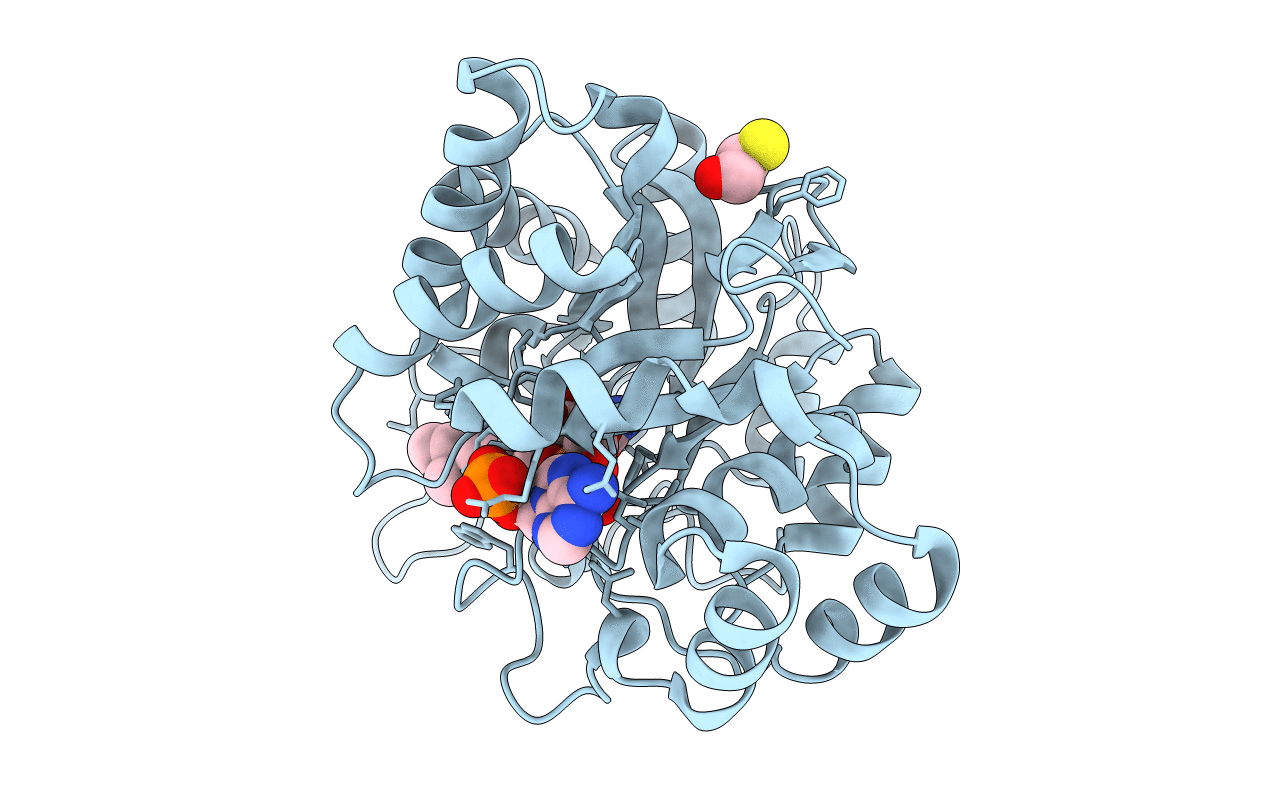
Deposition Date
2002-09-18
Release Date
2003-09-30
Last Version Date
2024-02-14
Entry Detail
PDB ID:
1MRQ
Keywords:
Title:
Crystal structure of human 20alpha-HSD in ternary complex with NADP and 20alpha-hydroxy-progesterone
Biological Source:
Source Organism:
Homo sapiens (Taxon ID: 9606)
Host Organism:
Method Details:
Experimental Method:
Resolution:
1.59 Å
R-Value Free:
0.19
R-Value Work:
0.17
Space Group:
P 21 21 21


